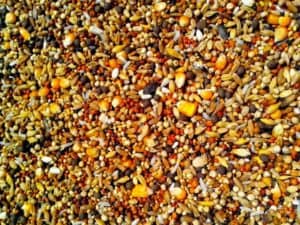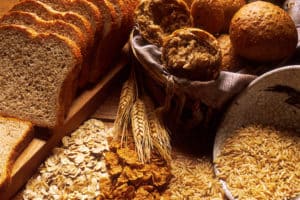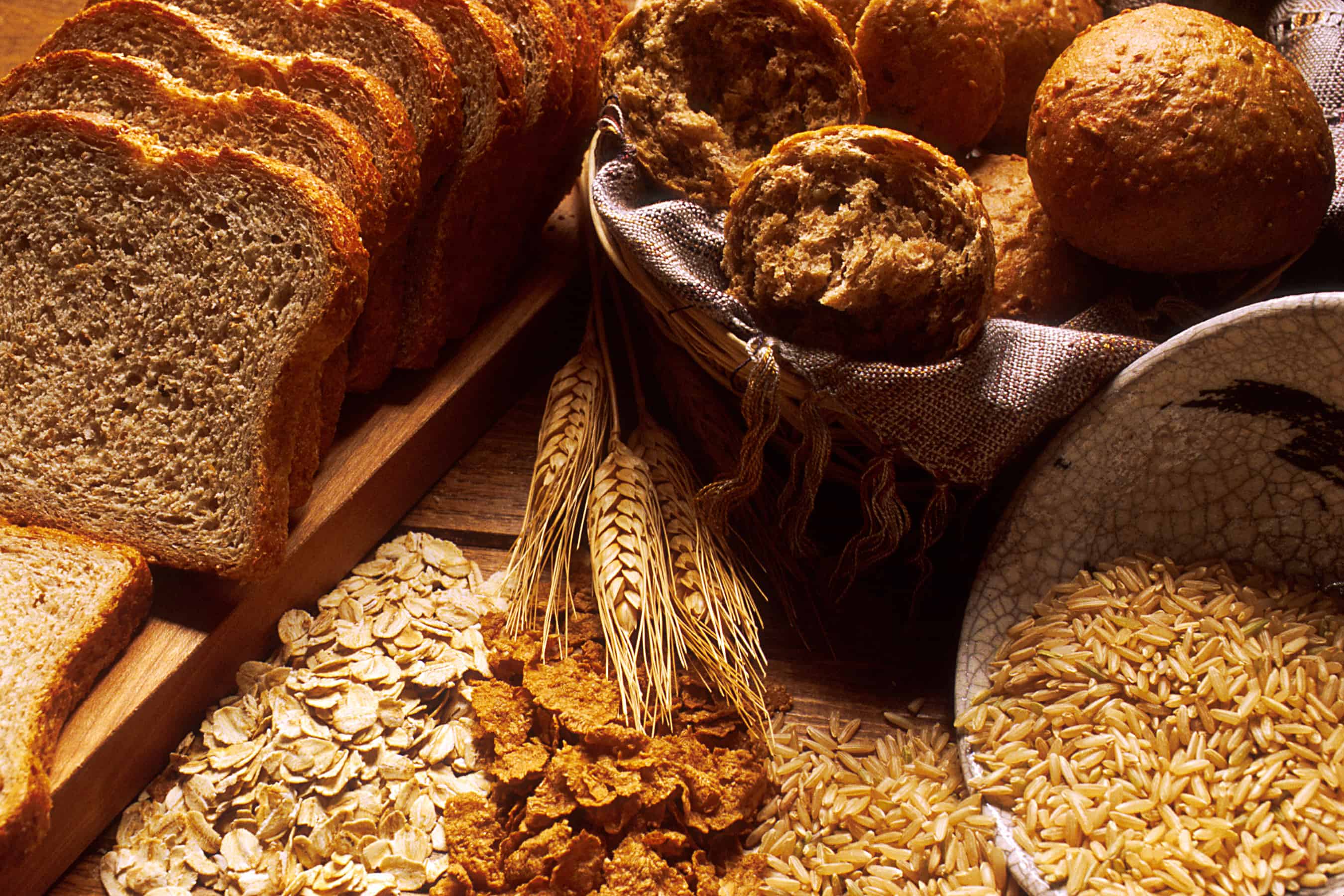With our busy modern lifestyle, we often take the fast and easy way out when it comes to cooking. Grains are no exception; think of the last time you cooked rice or pasta or another grain. You probably threw it in a pot and boiled it until it was edible, right? What if I told you that cooking them that ways means you’re depriving yourself of the full benefits of whole grains?
Part of the reason many grains are the first things to be slashed in fad diets (paleo, keto, etc.) is that they are considered ‘bad’ for you. But this isn’t necessarily inherent to the grains themselves. Some bodies are intolerant to certain elements of grains (such as gluten intolerance), but the majority of negative effects of consuming grains can be traced to how those grains are prepared.

Grains contain an anti-nutrient called phytic acid. Phytic acid binds to minerals inside the digestive tract and cause indigestion and inflammation. The traditional way to prepare grains is called culturing. It is done by soaking the grains in warm water for 12-24 hours, which can be done in a covered (but not airtight) container on your kitchen counter. Culturing the grain helps break down this acid and prevents it from locking up those helpful nutrients in the body.
When soaking the grains, you can add a splash of acid to the mix to aid in the breakdown of phytic acid. Some of the acids traditionally used are Lemon juice, raw apple cider vinegar and coconut milk kefir, water kefir, whey, whole milk kefir, cultured buttermilk and whole milk yogurt. If you use a dairy product, make sure to use a cultured product. For every 1 cup of water in your soak, you will need 1 tbsp of acidic medium for the best results.

Don’t forget that soaked grains will also cook faster than raw grains! Once you start soaking your grains instead of boiling them, you’ll feel and taste the difference.
Happy soaking!


